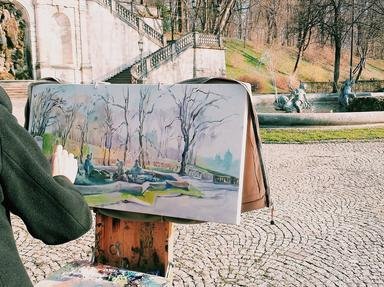
Who Painted That - The 19th Century Quiz
There are a great deal of genres and styles to 19th century art. We've chosen ten famous paintings produced in the 19th century, but can you match them with their artist?
A matching quiz
by Red_John.
Estimated time: 3 mins.